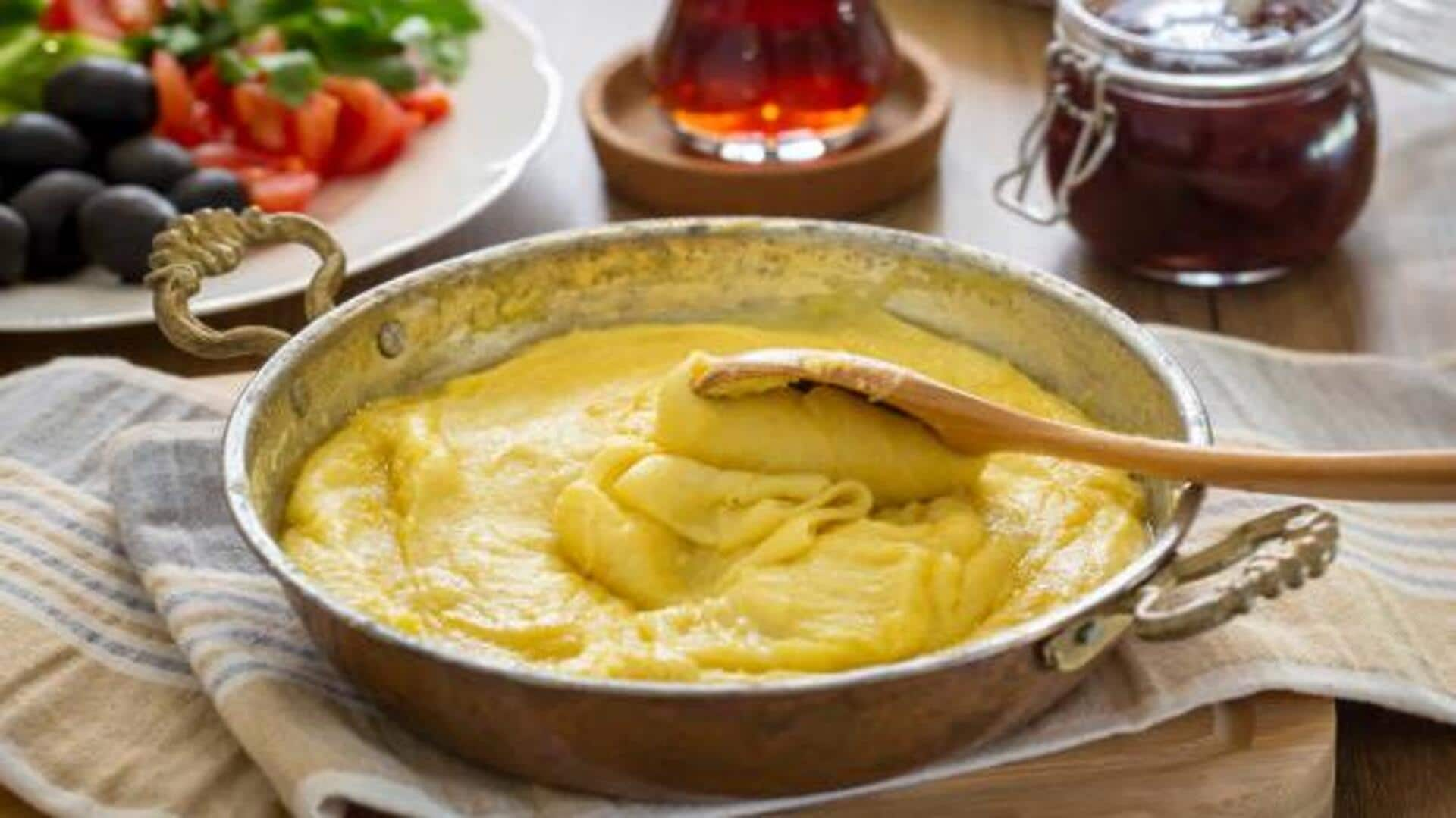
You'll love these cornmeal dishes!
What's the story
Cornmeal is a staple ingredient in many African cuisines, providing a versatile base for various traditional dishes. Affordable and nutritious, cornmeal is used in diverse ways across the continent. From savory porridges to delightful side dishes, these meals celebrate Africa's rich culinary heritage. Here are five African cornmeal dishes that highlight the unique flavors and textures of this essential ingredient.
Kenyan delight
Ugali: A Kenyan staple
Ugali is a popular dish in Kenya. It is made by cooking cornmeal with water until a dough-like consistency is reached. It accompanies vegetables and stews, providing a filling base that complements a variety of flavors. Ugali is usually eaten by hand, used to scoop up other foods on the plate.
Zimbabwean classic
Sadza: Zimbabwe's comfort food
A beloved dish of Zimbabwe, sadza is similar to ugali but is often softer. Prepared from finely ground white cornmeal, sadza is prepared by cooking it with water until thick and smooth. It goes well with leafy greens or tomato-based sauces, making it a comforting meal relished by many households.
South African favorite
Pap: South Africa's versatile dish
Pap has a widespread consumption across South Africa and is available in various forms like stywe pap (stiff) or slap pap (soft). This dish can be had at any meal of the day and is commonly served with braised vegetables or spicy relishes. Due to its versatility, pap forms an essential part of South African cuisine.
West African tradition
Fufu: West Africa's doughy delight
Fufu, a West African staple, is prepared by pounding boiled starchy foods like cassava or yams into a smooth, dough-like texture (often with cornmeal mixed in). The dish is traditionally paired with soups or stews. Diners usually pinch off pieces by hand, then dip them into the flavorful broths, reveling in the combination of textures and tastes.
Ghanaian specialty
Banku: Ghanaian fermented treat
Banku mixes fermented corn dough with cassava dough, cooked until smooth but firm enough to maintain shape when shaped into balls. It is served with soups or grilled fish dishes prevalent all over the Ghanaian cuisine owing to its tangy taste profile from the fermentation process involved at the preparation stage itself!